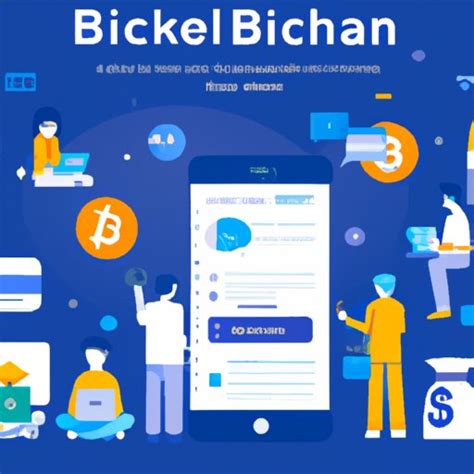The Bitcoin Re-Download Paradox: Understanding Chain State and Corruption
Bitcoin, like other decentralized systems, relies on a distributed network of nodes that maintain a public ledger called the blockchain. The integrity of this chain state is crucial to the security and decentralization of the network. However, when faced with corrupt or missing blocks within the chain state, the question arises: why do users need to re-download entire chains? In this article, we will explore the intricacies of maintaining chain state and address this apparent paradox.
Maintaining Chain State: The Role of Mining
In Bitcoin, nodes act as miners, validating transactions and adding them to the blockchain. These blocks are then added to a separate database called the chain state, which is synchronized across all nodes in the network. To maintain the integrity of the chain state, each node must verify the validity of the blocks it receives by checking their hashes against a set of rules known as the proof-of-work (PoW) algorithm.
The Problem with Corrupted or Missing Blocks
When a block is corrupted or missing, it can contain errors, invalid transactions, or even malicious data. In such cases, the node that received the corrupted block will have to resync its chain state from scratch. This process requires recalculating the entire blockchain from the point where the corrupted block was inserted.
Why not redownload only the necessary blocks?
Redownloading only the necessary blocks may seem like a viable solution, but it has a few drawbacks:
- Network Impact: Resyncing the chain state from scratch can lead to network congestion and decreased scalability.
- Security Risks: If an attacker discovers corrupt blocks and resyncs their chain state without notifying other nodes, they could gain control of the entire blockchain.
- Verification Challenges
: The verification process relies on the validity of the received blocks. If a node suspects a corrupt block, it must go through an additional round trip to confirm its authenticity before adding it to the chainstate.
Benefits of Re-downloading Entire Chains

While re-downloading only the necessary blocks may seem appealing, there are scenarios where this approach is more appropriate:
- Network Congestion: In a very congested network, resyncing from scratch can help alleviate congestion by reducing the number of unnecessary transactions.
- Security Audit: Redownloading entire chains allows for a complete security audit and verification of incoming blocks before accepting them into the chain state.
- Verifying New Blocks: In cases where new blocks are generated during the mining process, resynchronizing the entire blockchain ensures that all nodes have access to the most recent data.
Conclusion
The process of redownloading entire chains is not just about convenience; it is a critical aspect of maintaining the integrity and security of the Bitcoin network. While it may seem counterintuitive at first, resynchronizing with corrupt or missing blocks ensures that every node has access to the most up-to-date information.
In conclusion, while re-downloading only the necessary blocks might seem like an attractive solution, the complexity of maintaining chain state and the potential security risks associated with corruption justify the more extensive process of resynchronizing entire chains. By understanding these nuances, we can appreciate the value of maintaining a robust and secure blockchain ecosystem.
LONG POSITION EXPLORER ISOLATED MARGIN
